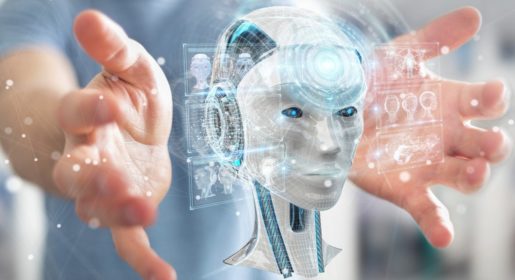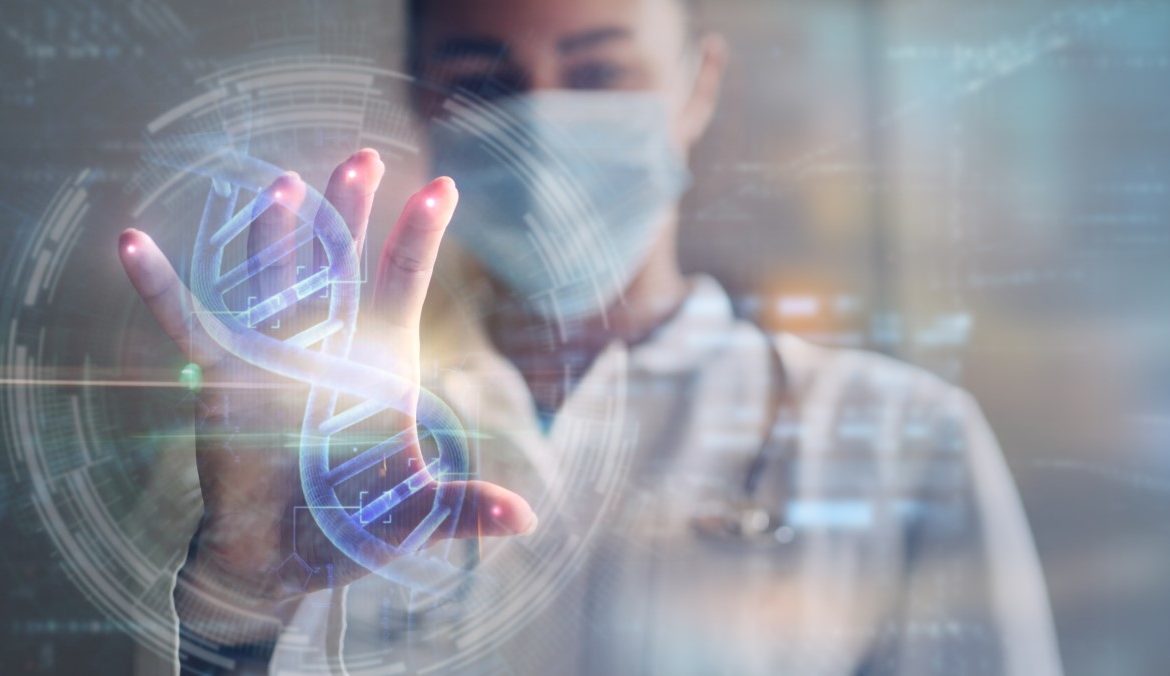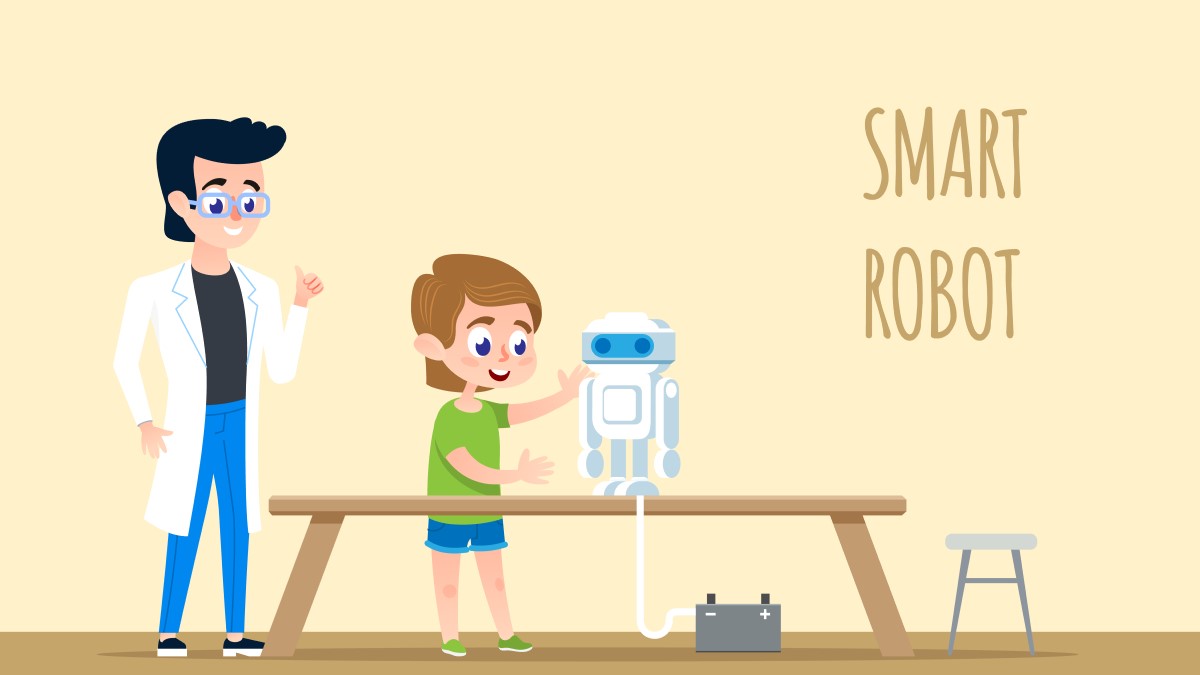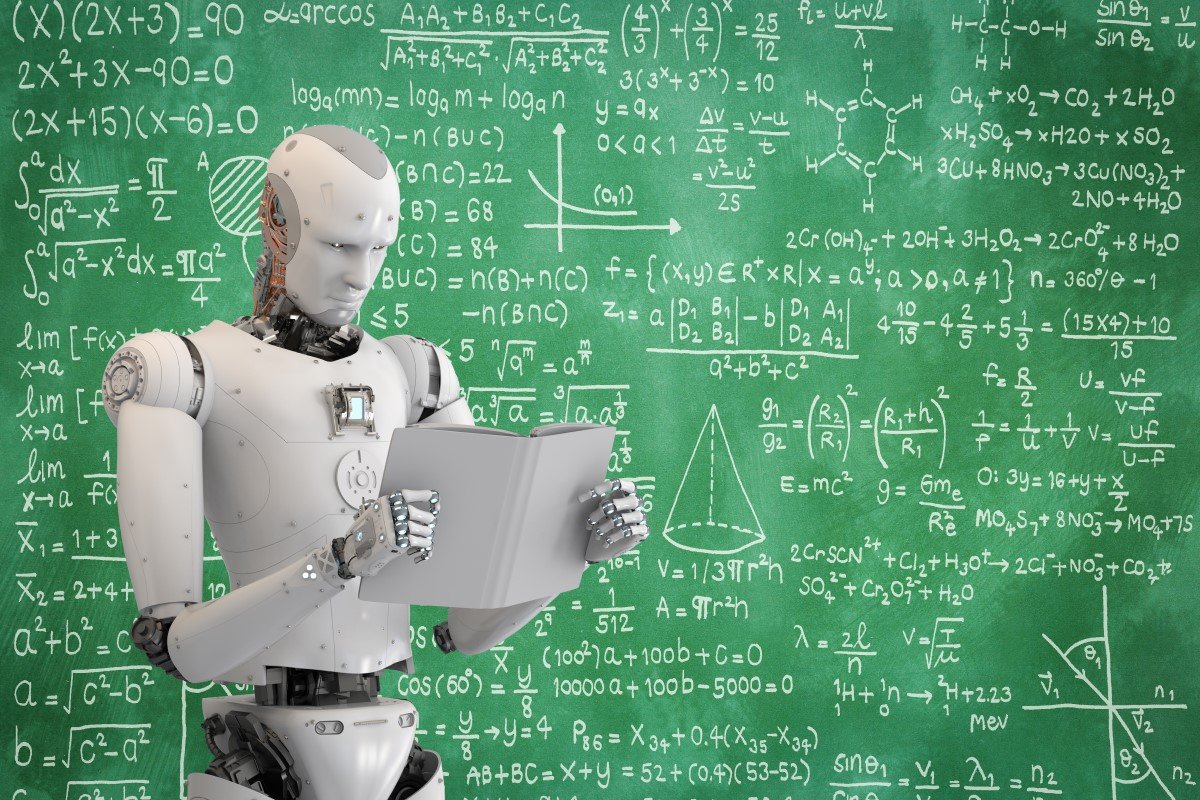Discover novel antibiotics, for decades, meant digging through the same patch of dirt. For properties known to kill harmful bacteria, biologists spend countless hours screening soil-dwelling microbes. Breakthroughs were becoming as rare as new places to dig because the superbugs’ resistance to existing antibiotics has spread widely. Artificial intelligence gave a reason to scientists for dramatically expanding their search molecules’ databases that look nothing like existing antibiotics.
On Thursday, a journal Cell published a study. The study describes how researchers at the Massachusetts Institute of Technology were working.
They were using machine learning for identifying a molecule that appears capable of countering some of the world’s most formidable pathogens.
The molecule, dubbed halicin, tested in mice effectively gastrointestinal bug C. diff (Clostridium difficile). It is a common killer of hospitalized patients. Moreover, it is another type of drug-resistant bacteria that are often causing infections in the blood, lungs, and unitary tract.
The researchers said the most surprising feature of the molecule is it’s structurally distinct from existing antibiotics. It was initially identified as a possible treatment for diabetes in a drug-repurposing database. It was found that a feat that showcases the power of machine learning is supporting discovery efforts.
Nigam Shah is a professor of biomedical informatics at Stanford University. He said now they are finding leads among chemical structures that, in the past, they would not have even hallucinated that those might be an antibiotic. He added it is significantly expanding space of the search into dimensions they never knew before it existed.
Pharmacy and Artificial Intelligence
Nevertheless, the research did not involve Shah. Despite that, he said the generation of a promising molecule is just the first small step in the uncertain and lengthy process of testing its effectiveness and safety in humans.

Nevertheless, the research demonstrates, when paired with expert biologists, how machine learning can speed up time-consuming preclinical work.
It can give the researchers greater confidence the molecule they are examining is worth pursuing the more costly phases of the discovery of the drug.
In the development of new antibiotics, that is an exceptionally pressing challenge. It is because economic incentives are causing pharmaceutical companies to pull back from the search for badly needed treatments.
In the United States, drug-resistant bacteria and fungi, each year, cause 35,000 deaths and more than 2.8 million infections. More than a third of fatalities are attributable to Clostridium difficile. It is according to the Centers for Disease Control and Prevention.
In countries with fewer health care resources, the damage is far more significant.
The World Health Organization is estimating that, without the development of novel antibiotics, the global death toll from drug-resistant infections is forecasted to rise to 10 million by 2050, up from 700 000 in the current year.
The researchers at MIT are reporting, in addition to finding helicine, their machine learning model identified eight other antibacterial compounds whose structures are differing significantly from known antibiotics.
Let’s see how artificial intelligence and biologists will succeed in pharmacy. The whole world is waiting for it.
















